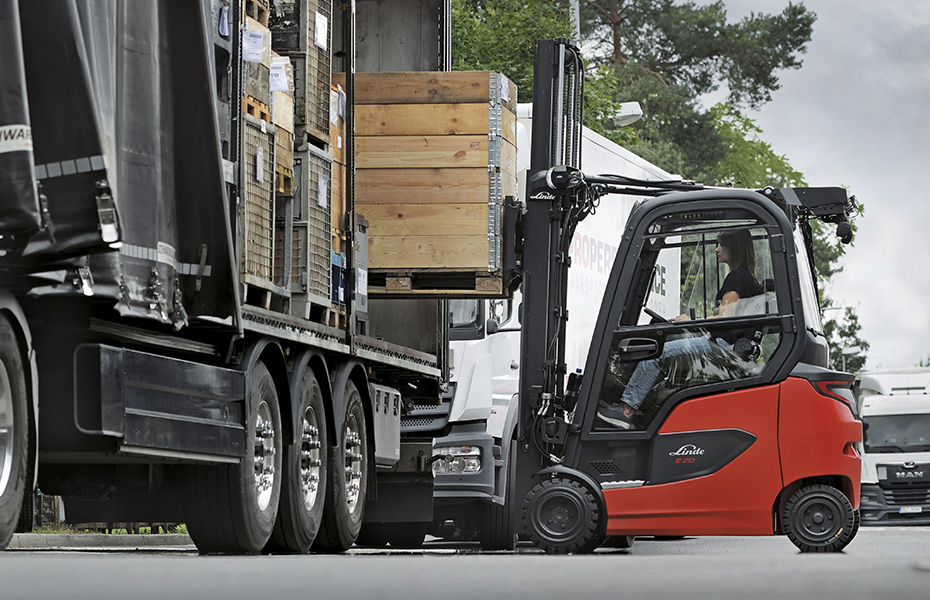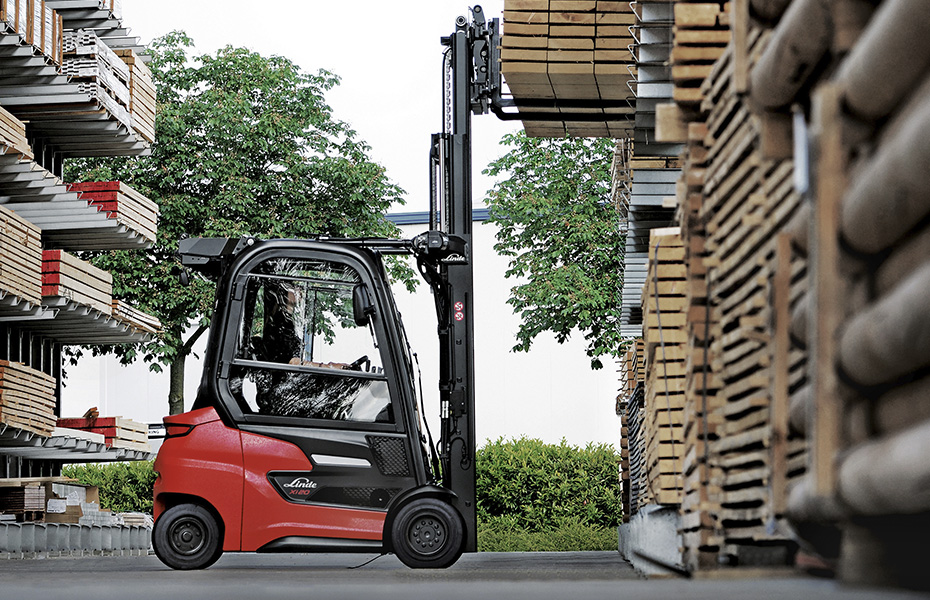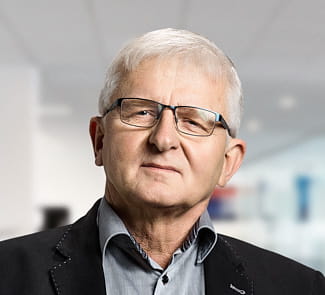The next auction starts on Tuesday, November 4. and ends on Thursday, November 6., 2025 - Visit online auction

Demanding lead-acid batteries
Lead-acid batteries have long been the standard power source for electric forklifts. Their main advantage is their proven reliability, cost-efficiency with proper maintenance, and consistent performance. Typically, they last up to 1,500 charge cycles and are partially recyclable.
However, lead-acid batteries require more maintenance than modern alternatives. They need a dedicated charging area and 8–12 hours of charging to reach full capacity. Regular water top-ups are also necessary, and they are heavier than other battery types.
“The Linde 1251 series brings a new level of flexibility to the electric truck market, offering outstanding performance regardless of battery type. The choice of energy source has become increasingly important, and we advise our customers based on facts and specific business needs,” says Poul Kyndi Laursen, Product Manager at N.C. Nielsen.

Lithium-ion on the rise
More customers are now opting for lithium-ion batteries – a durable, efficient, and maintenance-free power source. One major benefit is the ability to charge during breaks and reach full capacity in just 80 minutes. With programmable timers, charging can be scheduled when electricity is cheapest.
“The Linde 1251Xi with an integrated lithium-ion battery is a compact truck with extra cabin space. It’s ideal for narrow aisles or tight spaces. That’s a real benefit,” adds Poul Kyndi Laursen.
N.C. Nielsen also develops its own lithium-ion batteries, custom-made in Balling. Customers choosing the Linde 1251E model benefit from a flexible battery compartment that supports tailored battery solutions.



Fuel cells with hydrogen
Linde has worked with hydrogen-powered trucks since 2000 and was Europe’s first to offer fully operational hydrogen forklifts. Today, about 80% of Linde’s range is available with fuel cell options, including the new Linde 1251.
Hydrogen fuel cells convert hydrogen into water using oxygen from the air. The process generates electricity with water as the only by-product, making it emission-free and environmentally friendly.
Fuel cells are especially beneficial for large fleets operating around the clock. Refuelling takes under five minutes, keeping operations continuous. When green hydrogen is used, the energy source becomes completely CO2-neutral.
Would you like to know more?
-

-
 Per T. Nielsen Director teqnique and production
Per T. Nielsen Director teqnique and production




































